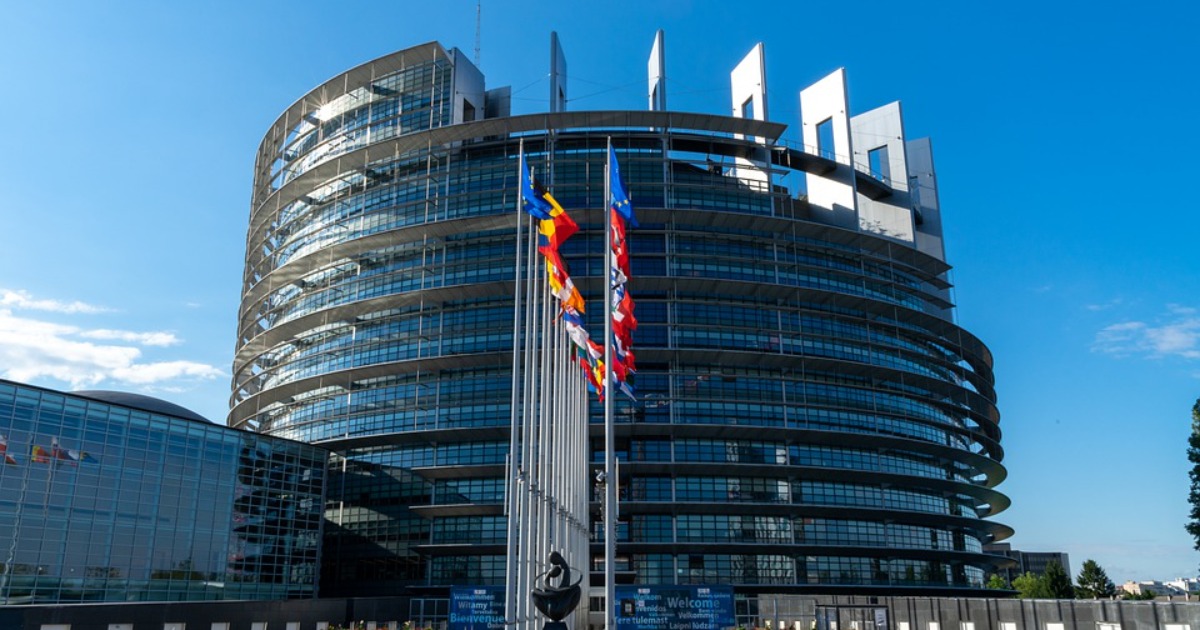EU 2020 = US in 1913?
With regard to the EU’s own financial resources, Europe is taking another page from U.S. financial history.
June 23, 2020

The European Union has begun to contemplate how its perhaps €500 billion new joint debt to help the economies of its member states recover from the pandemic will eventually be repaid.
In this context, a profound fiscal question arises: Will new sources of direct EU revenues be agreed to repay the debts, or will member states be asked to contribute more funds to do so?
Taxation and self-identity
While there isn’t much “love” lost between the Trump administration and the EU, the latter can, somewhat ironically, turn to U.S. history, in this case the time of the late 19th and early 20th centuries.
As is this case with the EU level in Europe now, the U.S. federal government had not yet acquired the right to levy direct income taxes on Americans.
By far the most important source of government revenues in advanced democratic economies comes in the form of the taxes levied on the incomes and consumption of the resident population.
And a relatively straightforward relationship exists between the level of taxation that people willingly allow their elected governments to extract from them and the strength of their identification with the government that imposes those taxes.
The EU’s problem: How to get its own tax revenues?
At the European level, however, government does not — at least for now — possess this kind of public allegiance. Europeans tend to self-identify as Dutch, German, Italian, Spanish etc. Accordingly, the European Union does not have the ability to directly tax Europeans.
Despite the increasing amount of governmental tasks transferred to, and now carried out by, the European Union, it is invariably at a revenue and resource disadvantage. It gets over three quarters of its budget revenues directly from member states.
Devising lasting and sizable sources of new “direct EU revenue” (called “traditional own resources,” or TOR, in EU budget speak) has therefore always been an important political goal for policymakers seeking to strengthen the central governing capacity of the EU.
The U.S. precedent from 1913
Enter the U.S. history books and the enactment of the 16th Amendment to the U.S. Constitution in 1913. It enabled progressive personal income taxation to be levied at the federal government level for the first time.
The tax, which had previously been enacted and declared unconstitutional in the 1890s, enabled the federal government to finance its participation in world wars and the New Deal.
It also established the modern federal government era in the United States. Prior to 1913 (apart from a brief period during and after the Civil War), the most important sources of U.S. federal government revenues were not income or consumption taxes.
Rather, financing came from high tariffs on imports, “sin taxes” on spirits, tobacco and wine, as well as a modest tax on corporations in the early 20th century.
Following in the U.S.’s footsteps: EU 2020 = US 1913?
The European Commission has proposed a new set of own resources similar to the revenue sources the U.S. federal government had prior to 1913. It suggests raising an additional:
• €10 billion from expanding the carbon emissions trading system (i.e., a 21st century climate equivalent of a “sin tax”),
• €5 billion to €14 billion from a new EU carbon border adjustment mechanism (i.e., a 21st century trade tariff),
• €10 billion from a new EU level corporate tax on multinational corporations operating across the EU internal market, and
• €1.3 billion in new revenues from a digital tax on large firms operating in Europe.
50 billion in the bank
These levies would, combined with the €20 billion already collected by the EU in traditional tariffs, increase European-wide resources to just over €50 billion, or 0.4% of EU27 gross national income.
Tariffs and carbon border adjustment would thus comprise 60% of the EU’s new proposed traditional own resources, in line with how trade tariffs were the largest source of income for the U.S. federal government pre-1913.
About 20% of the EU’s new revenues would be “carbon sin taxes,” taking the total foreign import + sin tax revenues to 80% of the new traditional own resources total. That is not far off from the historical U.S. pre-1913 level of roughly 90% of total federal government revenues from these two sources.
The rest of the EU’s new proposed traditional own resources would be variations of corporate taxes. That also happens to be in line with the third largest revenue source for the U.S. federal budget in the early 20th century (until the passage of the 16th Amendment).
The EU is thus following the example of the early U.S. federal government prior to the 16th Amendment in raising its direct revenue from limited tax sources.
Until that changes, member states will remain fiscally dominant in Europe.
Conclusion
While that suggests that the EU will not take over any additional redistributive tasks, more and more politicians in EU countries — not just in the EU’s “south” — understand the importance of EU-wide initiatives to advance the continent’s integration.
The current COVID 19 crisis provides a clear point for reconsideration in that regard. Excluding public health from the EU’ mandate — and the resulting weakness of some countries’ pandemic preparedness — has resulted in great costs.
At some point soon, the politicians in EU member countries will see the widening gap between politicians’ aspirations for the EU and the insufficient financial resources the EU has available.
(Figure 1 below compares the breakdown of these new EU traditional own resources with the financing of the pre-1913 US federal budget).
Takeaways
Is the EU in 2020 like the US in 1913? It is taking a page from US financial history to expand its own financial resources.
Prior to 1913, the US federal government basically had no revenue sources of its own. The EU finds itself in a similar position today.
More and more politicians in EU countries -- not just in the “south” -- understand the importance of EU-wide initiatives to advance the continent’s integration. That likely means giving the EU its own financial resources.
Politicians in EU countries will soon see the widening gap between politicians’ aspirations for the EU and the insufficient financial resources the EU has available.


